Best Hiking Water Bottle For Ultralight Backpacking 2024
Last Updated: January 27, 2024
Discovering The Best Ultralight Water Bottle For Hiking & Backpacking
This buyer’s guide is designed to point you towards the best hiking water bottle for backpacking. What’s more, it is one of, if not the only pure ultralight water bottle round-up on the internet. While we prioritize weight savings above all else, many factors relating to functionality and durability are considered in evaluation. We recommend 1L capacity bottles by default, but some may deviate up or down on a case-by-case basis.
The average weight of a hiking water bottle in this guide is just 2.7 oz, 40% of the weight of a traditional Nalgene, and 20% of the weight of a traditional Hydro Flask. Upgrading to an ultralight water bottle will save you weight, allowing you to hike farther, faster, and more comfortably. What compromises the ideal water-storage system is contextual, and largely dependent on your expected conditions, hydration needs, and treatment methodology for any given trip. There is no one one water bottle that is best for all possible use cases.
Jump ahead to read more about our selection criteria and pro trips for assembling a bottle quiver. While you’re here, you may also be interested in our guides to water filters, mugs, pots, stoves, long spoons, and freeze dried meals.
You make Adventure Alan & Co possible. When purchasing through links on our site, we may earn an affiliate commission at no additional cost to you. Here’s why you can trust us.
Best Ultralight Hiking Water Bottle, Hard-Sided
- Best Ultralight: Smartwater Bottle 1L
- Best Value: Decathalon Quechua Plastic Hiking Flask MH100 .65L
- Best Non-Plastic: Vargo Titanium Bottle, Ti-Lid .8L
- Most Classic: Nalgene Ultralight 1L
- Best For Winter: 40 Below Cold Weather Bottle 1L
Best Ultralight Hiking Water Bottle, Soft-Sided
- Editor’s Choice: Katadyn BeFree Filter .6L
- Soft-Hard Hybrid: HydraPak Flux 1L
- Soft-Hard Hybrid: Cnoc Vesica 1L
- True Soft Bottle, Performance: Platypus Platy 1L
- True Soft Bottle, Value: Sawyer Squeeze Bag 1L
- Best Bladder: Cnoc Vecto 2L
Hiking Water Bottle Comparison Table
Mobile users rotate device for full-width table
| Model | Price ($) | Weight (oz) | Volume (L) | Vol/Weight (L) | Material | Rigidity |
| Sawyer Bag | 5 | 1.0 | 1.0 | 1.0 | plastic | soft |
| Platypus SoftBottle | 13 | 1.2 | 1.0 | 0.8 | plastic | soft |
| Smartwater Bottle | 2 | 1.2 | 1.0 | 0.8 | plastic | hard |
| Cnoc Vesica | 15 | 2.1 | 1.0 | 0.5 | plastic | hybrid |
| Katadyn BeFree | 40 | 2.0 | 0.6 | 0.3 | plastic | soft |
| Cnoc Vecto | 23 | 2.8 | 2.0 | 0.7 | plastic | soft |
| Hydrapak Flux | 27 | 3.6 | 1.0 | 0.3 | plastic | soft |
| Decathalon Plastic Hiking Flask | 4 | 3.6 | 0.8 | 0.2 | plastic | hard |
| Nalgene Ultralight | 12 | 3.8 | 1.0 | 0.3 | plastic | hard |
| Vargo Titanium Bottle Ti-Lid | 85 | 3.9 | 0.65 | 0.2 | titanium | hard |
| 40 Below Cold Weather Bottle | 30 | 4.8 | 1.0 | 0.2 | plastic | hard |
Best Ultralight Hiking Water Bottles, Hard-Sided
Smartwater Bottle 1L
Will someone please de-throne Smartwater? Unfortunately, we have yet to meet a hard-sided hiking water bottle that is lighter weight, easier to use, more effective, and more compatible with backpack pockets and squeeze filters. What’s more, its durability-to-weight ratio is simply astounding! That’s why for over a decade, Smartwater has been the preferred ultralight water bottle of thru-hikers. Each bottle is capable of lasting an entire hiking season!
But there are some serious downsides. While Smartwater bottles typically are capable of lasting for months of use, they eventually degrade, become more susceptible to damage, and must be replaced. This is wasteful. Each purchase supports the evil single-use water bottle industry. What’s more, repetitive use of inexpensive plastics designed for single-use might plausibly increase the likelihood of nanoplastic contamination, leeching, etc. These bottles weren’t designed to be used for months on end, but actually using them in single-use style is unconscionable. So that leaves us with a conundrum.
In closing, Smartwater bottles are the best performance option for ultralight backpacking, by far. But they’re also the least ethical and perhaps unhealthy. Plenty of other single-use style water bottles are also viable, but we’ve had the most long-term success with Smartwater. Smaller size models, like the 650ml are better than the 1L for shoulder strap mounting.
- Price: $2
- Weight: 1.2 oz
- Volume: 1.0 L
- Vol/Weight: 0.8 L
- Material: Plastic
- Rigidity: Hard
- Recyclable: Yes
- Pros: Ultralight. Inexpensive. Fits into most backpack pockets very nicely. Fits squeeze filters. Surprisingly durable. Extremely effective. Easy to drink out of. Lasts an entire hiking season. Recyclable.
- Cons: Less sustainable. Degrades over time. Heightened nanoplastics/leeching concern. Supports single-use plastic industry.
Decathalon Quechua Plastic Flask MH100 .8L
You won’t find a better deal on a re-usable lightweight hiking water bottle than four bucks for the Decathalon Quechua Plastic Flask MH100 .8L. At 3.6 oz, it weighs nearly half as much as a traditional Nalgene, and a fraction of an ounce less than its chief competitor, Nalgene Ultralight. The taller slimmer profile is more conducive to slipping in and out of side pockets and shoulder strap pockets. The biggest downside of course, like all other bottles, is that it gets trounced by Smartwater from a pure performance perspective (3x the weight, cannot fit a filter, wider profile, etc). That being said, it’s more certainly more ethical and made with potential safer and more eco-friendly plastics.
- Price: $4
- Weight: 3.6
- Volume: .8L
- Vol/Weight: .2 L/oz
- Material: Plastic
- Rigidity: Hard
- Recyclable: Yes
- Pros: Lightweight. Very very affordable. Slimmer profile fits nicely into backpack pockets.
- Cons: Cannot attach a filter. Heavy end of lightweight.
Nalgene Ultralight 1L
Ahh, Nalgene Ultralight, the most classic lightweight water bottle on the market (not to be confused with the original Nalgene, which is 70% heavier). These ubiquitous, opaque white cylinders with blue lids have been gracing mountains and trails for many decades, and to good effect. And weighing only 3.8 oz, they’re actually quite light. Also, very durable, and totally reliable.
That being said, 3.8 oz is a bit heavy, (3x a Smartwater), the widened chassis fits poorly in backpack side pockets and shoulder strap pockets, and this bottle cannot fit a squeeze filter. You could do a lot worse than a Nalgene Ultralight, but you can also do better.
- Price: $12
- Weight: 3.8 oz (according to Nalgene)
- Volume: 1L
- Vol/Weight: .3 L
- Material: Plastic
- Rigidity: Hard
- Recyclable: No
- Pros: Lightweight. Durable. Wide mouth. Affordable. Does well in the cold.
- Cons: Nalgene shape tends to fit poorly in backpack pockets. Heavy end of lightweight. Cannot attach a filter.
Vargo Titanium Water Bottle With Ti-Lid
Now here’s a unique hiking water bottle, the Vargo Titanium with Ti-Lid. Titanium bottles are an emerging category, and make sense for those choosing to avoid drinking out of plastic (due to its many harmful and environmental implications). Compared to other popular metals, such as aluminum or stainless steel, titanium is lighter weight, harder, and more durable. Unfortunately, it’s also much more expensive, and still heavier than plastic. This unit weighs 3x as much as a Smartwater, and roughly equivalent to a 1L Nalgene Ultralight, except it only holds only 650ml. We recommend this hiking water bottle as the best metal/non-plastic/healthiest option.
- Price: $85
- Weight: 3.9 oz
- Volume: .65 L
- Vol/Weight: .2L
- Material: Titanium
- Rigidity: Hard
- Recyclable: No
- Pros: Lightweight. Lightest weight non-plastic option. Durable. Impressive quality. Healthy.
- Cons: Very expensive. Heavy end of lightweight. Low total volume. Cannot attach a filter.
40 Below Cold Weather Bottle
Hiking in freezing and sub freezing temperatures is complicated by the fact that your hiking water bottle may freeze shut. The 40 Below Cold Weather series partially solves for this thanks to its massive, easy-grip lid. These bottles are designed for use in the cold, and you can really crank on the lid, applying massive torque to overcome frozen threads. The end result is a somewhat clunky yet necessary evil for winter camping. However, they’re enough more expensive and heavier than most other lightweight bottles, that there’s no reason to use them in moderate-to-warm conditions.
As an aside, when hiking in the cold, store all but one of your bottles inside your backpack to keep them insulated. Store one on the outside, and use a bottle boot to ensure it does not freeze.
- Price: $30
- Weight: 4.8 oz
- Volume: 1 L (.5L, 1.5L, 2L also available.
- Vol/Weight: .2L/oz
- Material: Plastic
- Rigidity: Hard
- Pros: Easy to open even if frozen shut. Don’t crack in the cold. Wide mouth. Best bottle for use below freezing. Grippy lid.
- Cons: Heavy. Bulky. Expensive. Only relevant for temps below freezing.
Best Ultralight Hiking Water Bottles, Soft-Sided
Katadyn BeFree Filter .6L
If you’re going to carry a soft bottle, you might as well have it be your filter too. The Katadyn BeFree is the lightest and easiest to use in the squeeze filter category. We recommend the .6L size specifically because it can be mounted in a backpack shoulder strap pocket for maximum efficiency as you walk past a water source. The 1L version provides a better volume-to-weight ratio, but is a bit clunkier to drink out of and too large to be front-mounted.
- Price: $40
- Weight: 2.0 oz
- Volume: .6L (1L also available)
- Vol/Weight: .3L/oz
- Material: Plastic
- Rigidity: soft
- Recyclable: No
- Pros: Ultralight. High filter output. Fits into shoulder pockets.
- Cons: Durability concerns. Filter output decreases over time.
HydraPak Flux
The HydraPak Flux is unique bottle that exists at the intersection of hard-sided and soft-sided design. When empty, it can be rolled up and compressed. But the semi-structured sidewalls give it a traditional shape that can stand upright on its own when full. It also features a bail handle for easy fill-up. Sadly, it’s also 3x the weight of a Smartwater and less enjoyable to drink out of. But it’s definitely lower volume when stored empty and rolled up.
- Price: $27
- Weight: 3.6 oz
- Volume: 1.0 L (.75L & 1.5L also available)
- Vol/Weight: .3L/oz
- Material: Plastic
- Rigidity: Semi-rigid
- Recyclable: No
- Pros: Lightweight. Compressible. Easier to drink out of than true soft sided bottles. Stands upright.
- Cons: Light-not-ultralight. Less pleasant to use than true hard sided bottles. A bit too wide.
Cnoc Vesica 1L
The Cnoc Vesica is another interesting hiking water bottle constructed using a hybrid hard-soft design philosophy. This one combines a true hard plastic bottom and top with soft side walls. The end result is compressible, but still stands upright on its own, albeit somewhat awkwardly. We view its biggest competitor to be the aforementioned HydraPak Flux bottle in the hybrid space. And between them Cnoc Vesica is more ultralight, but also floppier.
- Price: $15
- Weight: 2.1 oz
- Volume: 1.0 L (2L & 3L also available)
- Vol/Weight: .5L/oz
- Material: Plastic
- Rigidity: Mixed Hard & Soft
- Recyclable: No
- Pros: Ultralight. Collapsible. Good value. Fits Sawyer filters. Stands upright.
- Cons: Less user-friendly than true hard-sided bottles. Floppy. Durability concerns. Plastic taste when new.
Platypus SoftBottle
The Platypus SoftBottle is your classic ultralight hiking water bottle. Fill it up as needed to go camel-model, and roll it up when you don’t. Weighing just 1.2 oz for the 1L version, and 1.3 oz for the 2L, it’s a huge win for space and weight savings. We recommend pairing it with a rubber band to prevent unfurling when you have it stowed. Unfortunately, while it hypothetically fits a sawyer filter, according to many REI user reviews, the manufacturing tolerances are inconsistent and may create a leaky fit.
- Price: $13
- Weight: 1.2 oz
- Volume: 1L (2L also available)
- Vol/Weight: .8L
- Material: Plastic
- Rigidity: Soft
- Recyclable: No
- Pros: Ultralight. Compressible. Affordable. High volume-to-weight ratio. More durable than Sawyer Pouches.
- Cons: Can be difficult to fill. Less pleasant drinking experience than hard-sided bottle. Unreliable fit with Sawyer filter.
Sawyer Pouches
Sawyer Pouches are the simplest, lightest, and most economical in the soft-bottle category. While they are extremely easy to store in a pack when empty (roll it up with a rubber band), they’re also slightly awkward to fill, somewhat awkward to set down, and quite awkward to drink out of. What’s more, their durability is modest at best. When pairing with a Sawyer Squeeze filter, make sure not to over-squeeze. That’s the easiest way to break one. All said and done though, what a killer value on a true ultralight water bottle.
- Price: $4
- Weight: 1.0 oz
- Volume: 1L (.5L and 2L also available.
- Vol/Weight: 1 L/oz
- Material: Plastic
- Rigidity: Soft
- Recyclable: No
- Pros: Very affordable. Ultralight. Compressible.
- Cons: Mediocre durability. Can be difficult to fill.
Cnoc Vecto 2L
The Cnoc Vecto is the most heralded ultralight water bladder. Unlike all of the others, it doesn’t bother with a drinking tube. Instead you get a filter compatible lid with versions to pair with either a Sawyer Squeeze or a Katadyn BeFree. At 2.8 oz for a 2L sized bladder, you are getting massive storage capacity for minimum weight. It’s an incredible user friendly design with a high volume-to-weight ratio. What’s more, the fully open-ended top can be easily dragged through a water source to fill up quickly and without much effort. Just seal it off with the tethered slider closure when full.
The downside to bladders is that they’re too heavy, large, and floppy to drink out of directly when full. While they provide your ability to “camel-up”, they also need to be treated with drops, or filtered into smaller bottles.
- Price: $23
- Weight: 2.8 oz
- Volume: 2.0 L (also available in 1L and 3L)
- Vol/Weight: .7L/oz
- Material: Plastic
- Rigidity: Soft
- Recyclable: No
- Pros: Ultralight. Compressible. Can fit Sawyer or Katadyn BeFree filters. Highly rated. Good price.
- Cons: Floppy and awkward to drink out of directly.
Selection Criteria and Pro Tips
Ultralight Water Bottle Selection Criteria
- Weighs less than four ounces for approximately one liter of hard-sided storage
- Weigh less than two ounces per liter of soft sided storage
- Water-tight lid
- Durable enough for reliable backcountry use
- Integrates with your water treatment strategy
- Is not a bladder with drinking nozzle tube
Building a hiking water bottle quiver
In your greater gear collection, it’s worthwhile having an assortment of water storage vessels (your quiver) that can be plucked from to create the ideal hydration kit for any given trip. Which exactly you should bring is largely dependent on expected conditions, availability of water, backpack selection + pocket configuration, and your water treatment methodology. In general, we recommend having access to the following, which should be sufficient for 99% of hiking water bottle needs:
- Two ~1L hard-sided bottles
- Two ~.5-.75L bottles (hard or soft, for shoulder strap pocket storage)
- Two ~1L soft bottles
- One ~2L bladder
- One winter compatible hiking water bottle + insulated bottle parka/boot
- One squeeze filter (Sawyer, Katadyn BeFree, etc)
- Chemical treatment (ex. Aquamira)
Again, there is no single best hiking water bottle or water storage system. Which units to choose is very contextual, may even very from person-to-person on the same trip. We highly recommend experimenting with different combinations to figure out what works best for you.
Hard-sided vs soft-sided hiking water bottle comparison
Both hard and soft-sided water bottle have advantages over the other, and it is frequently correct to visit the backcountry with a mixture of each. A combination allows you to reap the advantages of both – hard sided bottles are more user-friendly to drink out, soft-sided bottles are lighter and take up less space when empty. Therefor, you might do most of your drinking out of 1-2 hard-sided bottles, while keeping a soft bottle or bladder compressed in your backpack for whenever more capacity is required.
Water Storage Capacity For Any Given Backpacking Trip
As a default backpacking baseline that is conditionally agnostic, you should have available capacity to store up to three liters of water. However, throughout most of the day, you will typically only carry 1-2L at any given time. While three liters is a little more than you will need for most trips, it can be handy to have access to extra capacity when water sources are infrequent, and it gives you the option to dry camp (away from water sources, such as on a ridge) as-desired.
In the event that your water sources will be abundant, you may choose to go down to only two liters of capacity. If you are specifically intending to dry camp or will be hiking many miles in between sources, it’s worth carrying four liters of capacity.
For most hikers, 2-4L of capacity will be correct most of the time. However, there are some very dry desert climates with zero natural water sources that may require you to carry even more than four liters. Consult local land management and experts for guidance.
How much water should you be drinking?
Our bodies know best, and the ideal hydration strategy is to drink when thirsty. Alan has written extensively about this and the science back it up. Learn more about hydration myths, and how to avoid them.
Conclusion: Hiking Water Bottles
Thank you for reading our guide to choosing an ultralight hiking water bottle where we hope you found your next hydration system. Whether you’re day hiking or backpacking, you should choose an ultralight water bottle over a heavier option. Water is heavy enough as-is, and lighter bottles are part of a lightweight system that allows you to hike farther, faster, and more comfortable for less effort. Happy trails!
Do you have intel on a new ultralight hiking water bottle? Drop us a line in the comments, we’d love to hear about it.

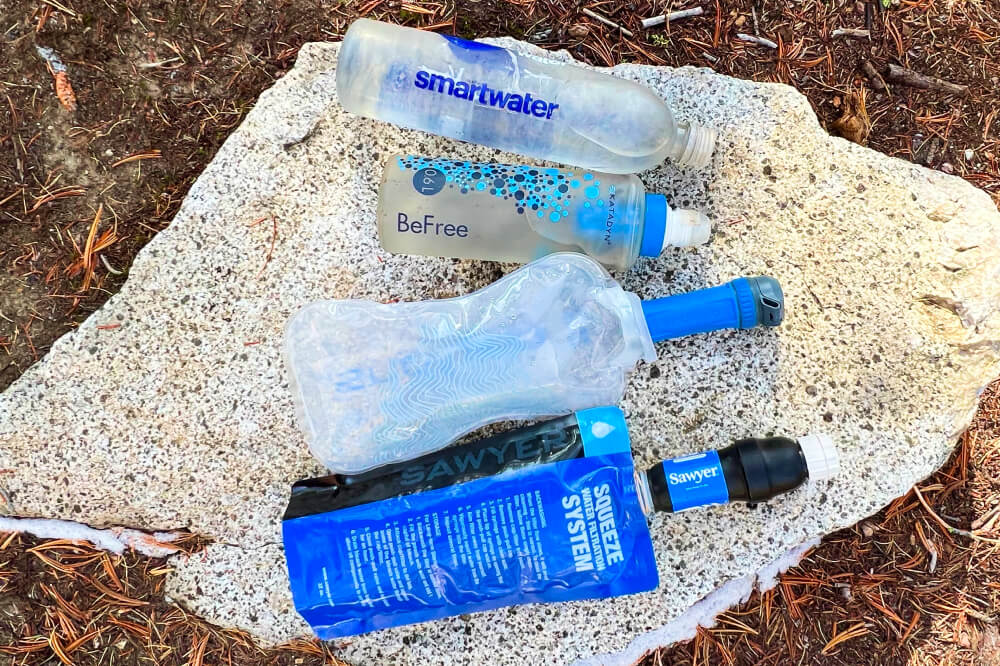
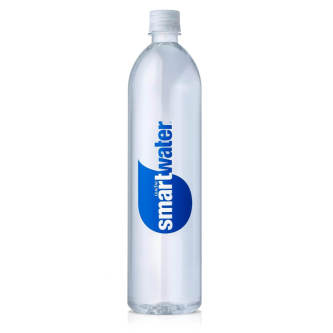
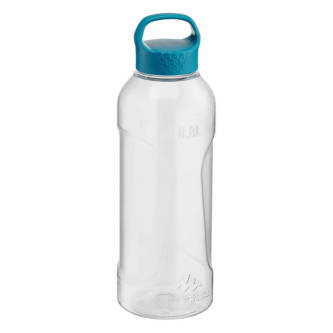
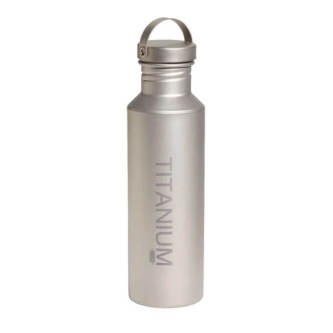
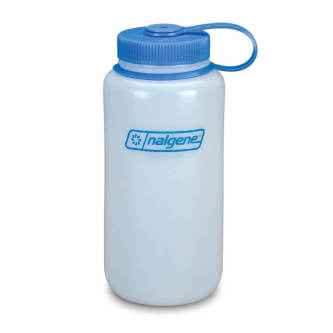
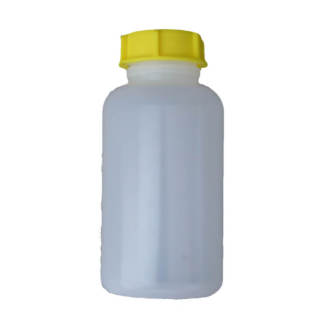
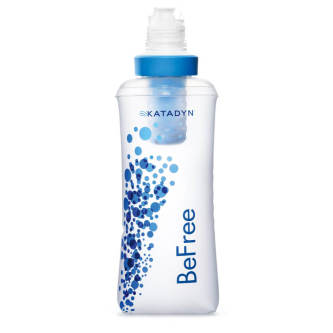
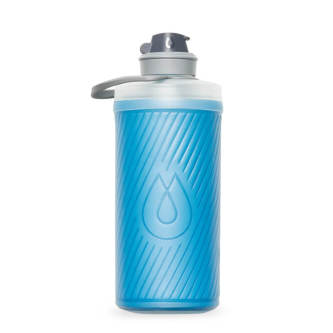
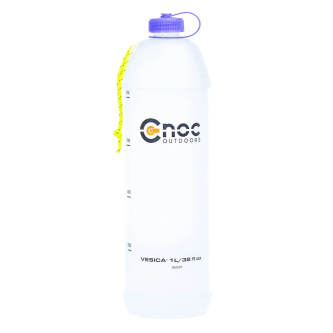
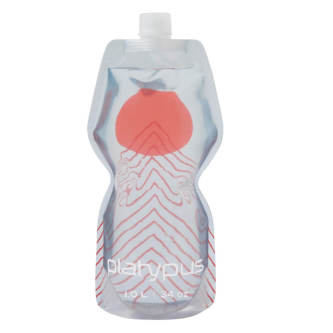
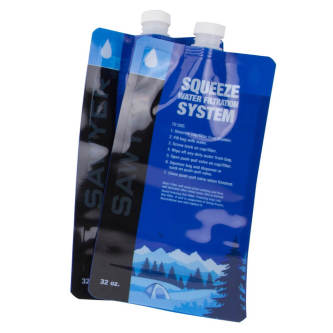
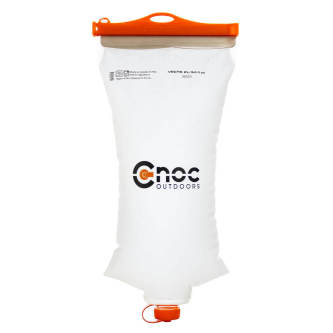
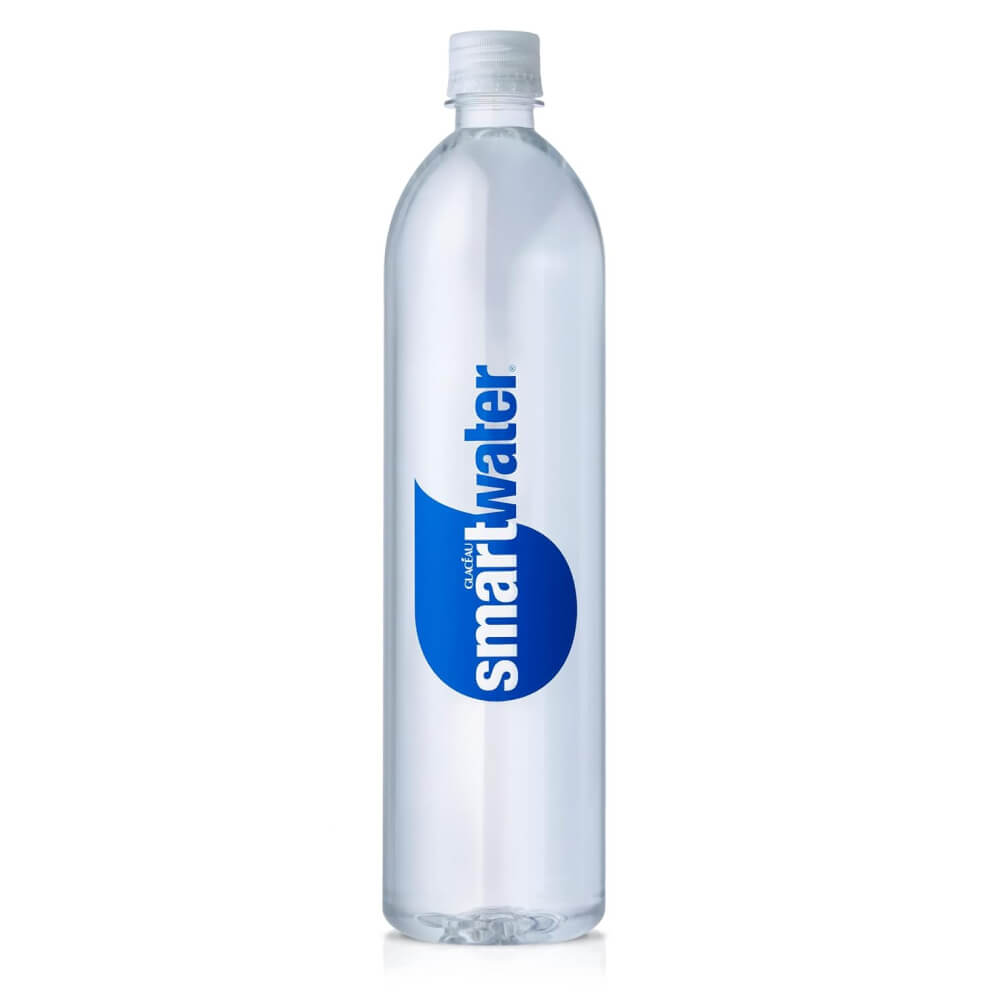
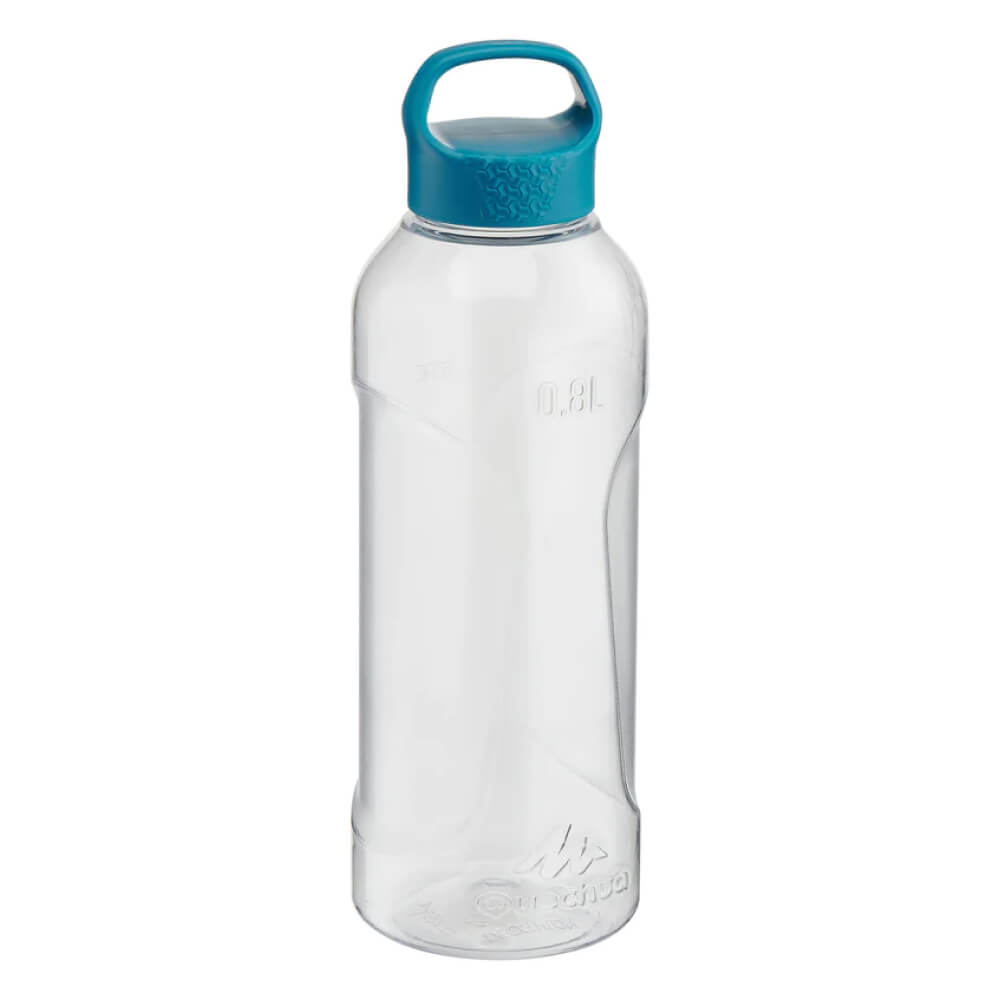
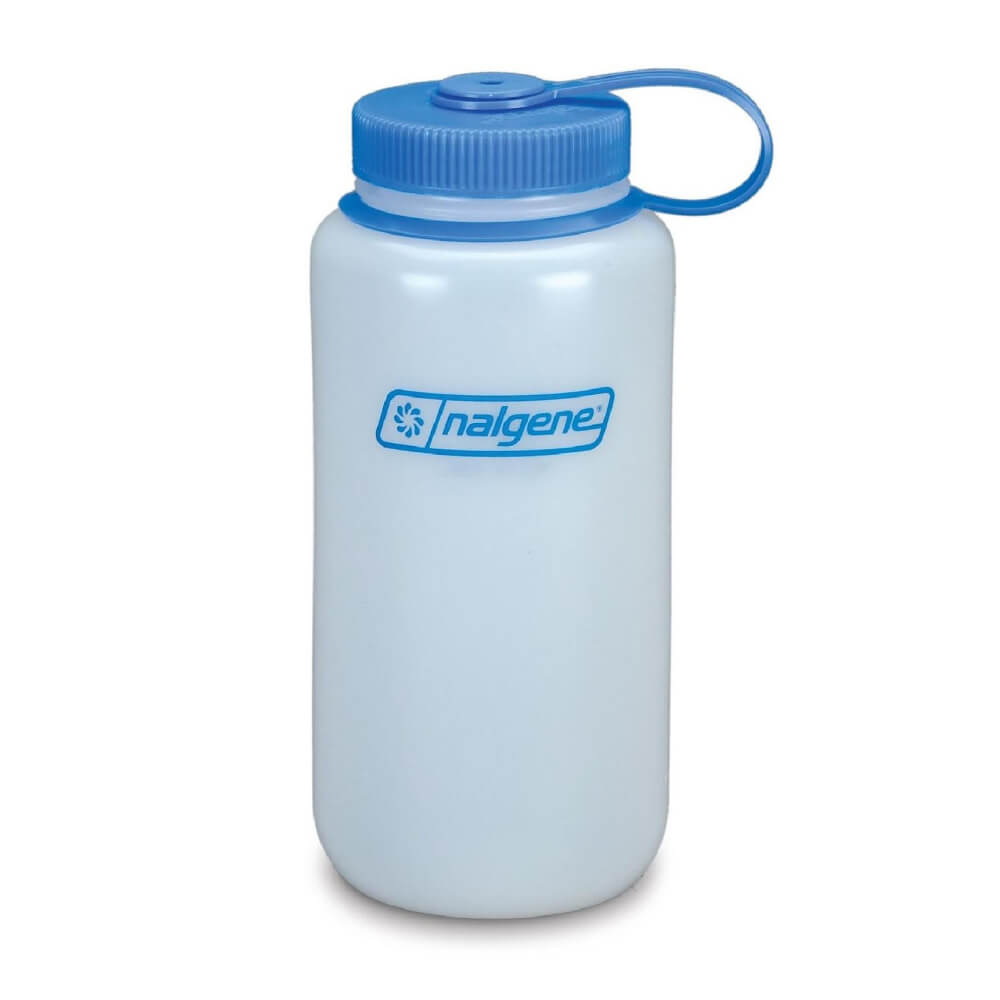
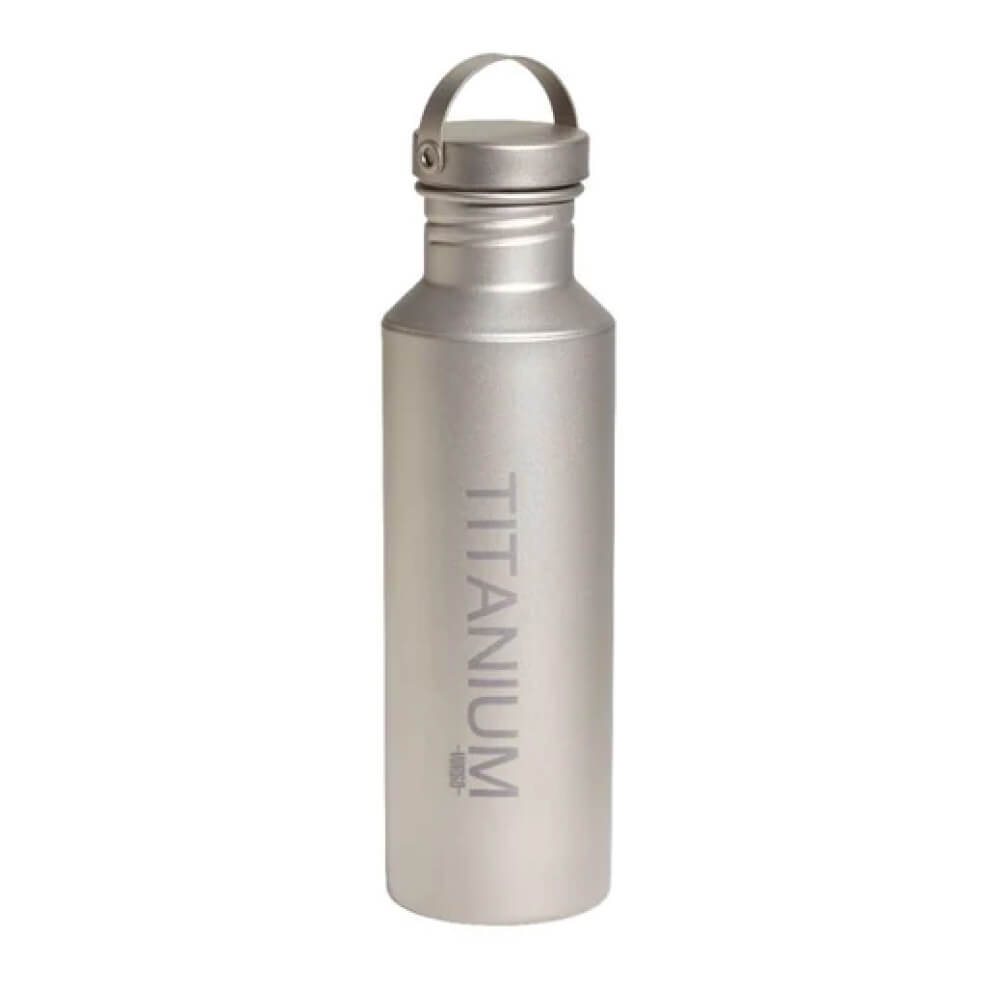
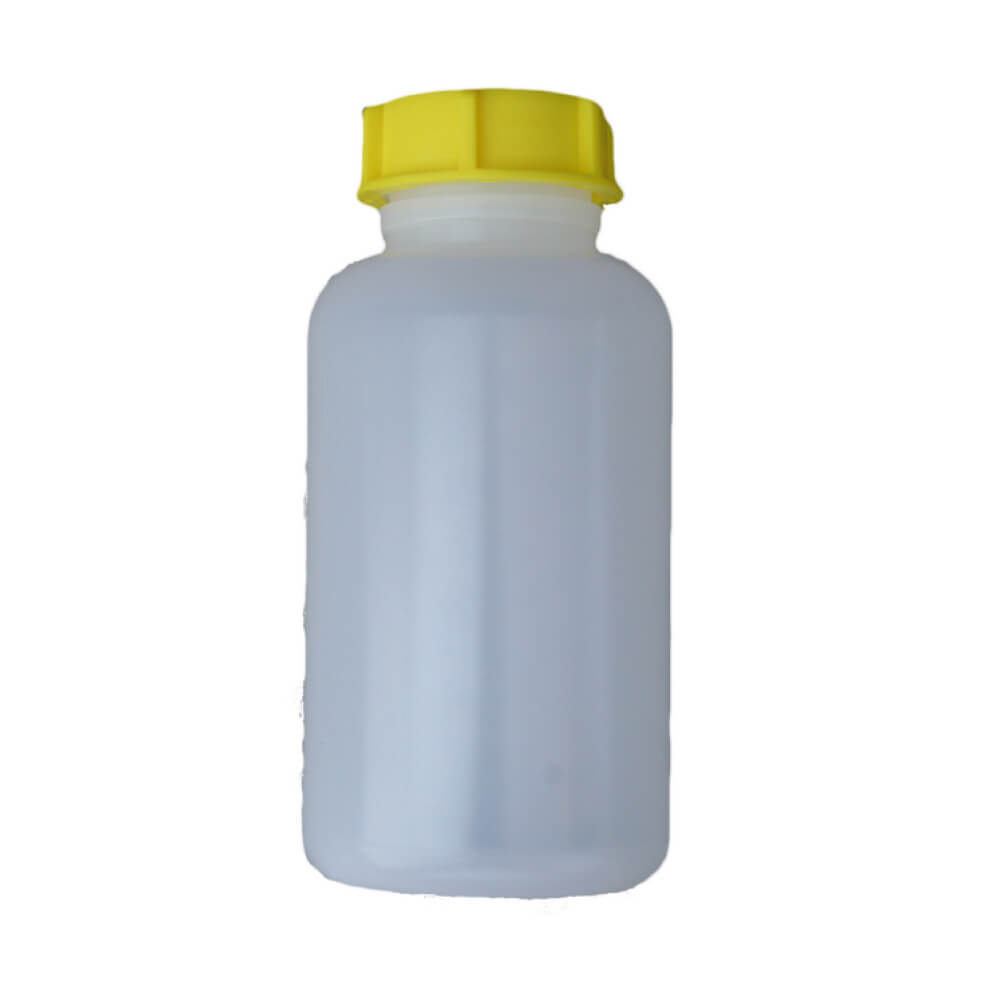
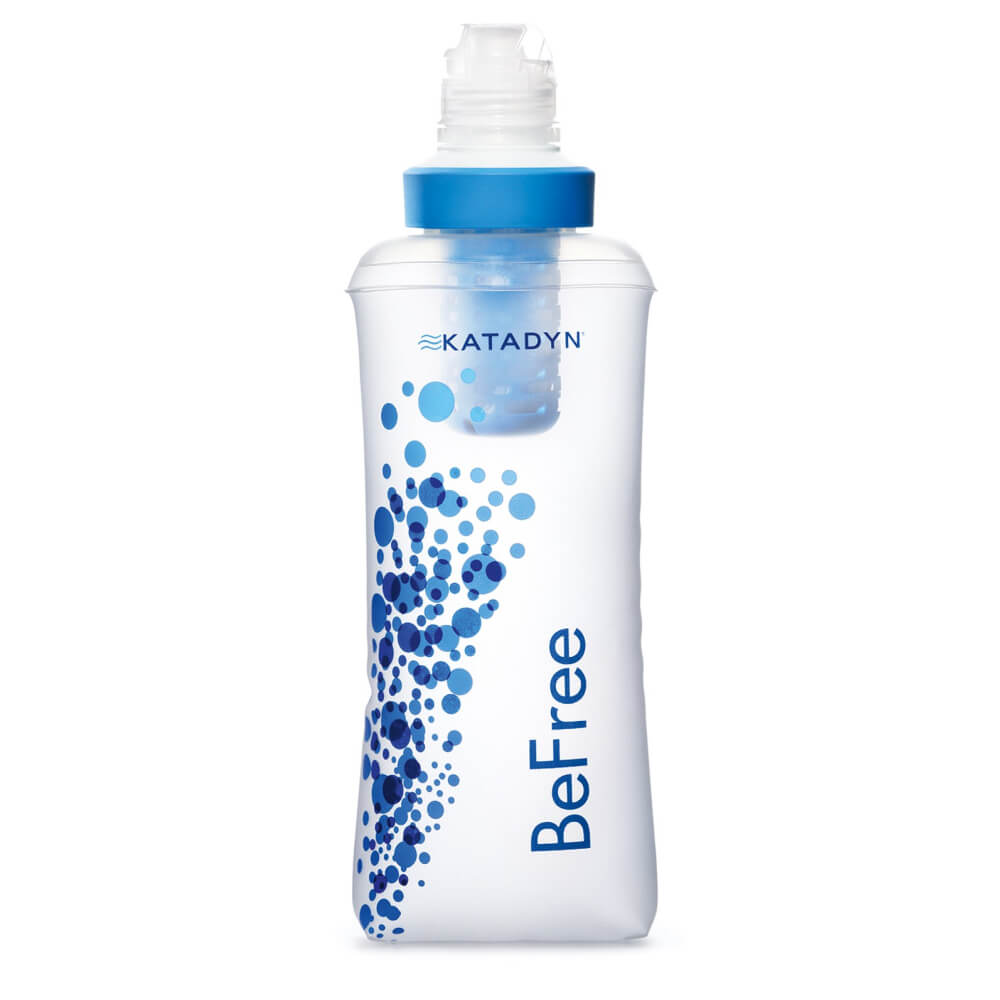
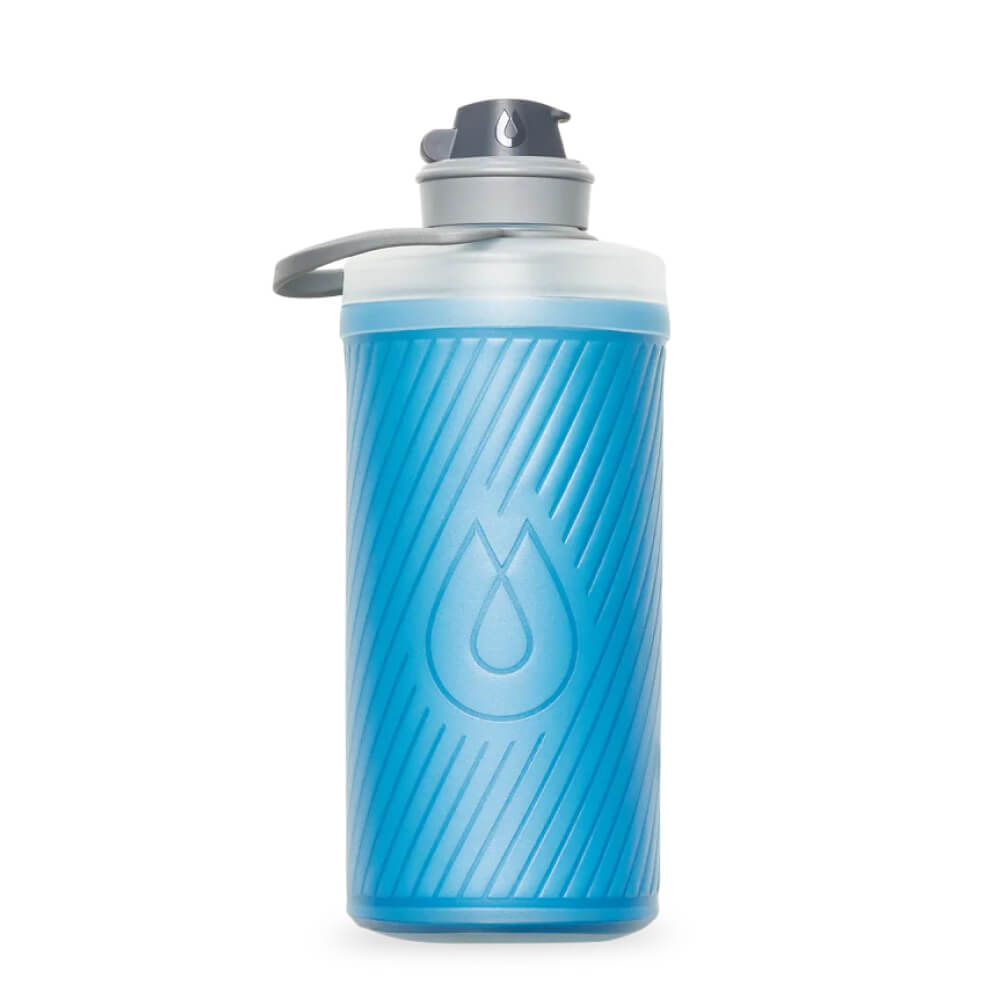
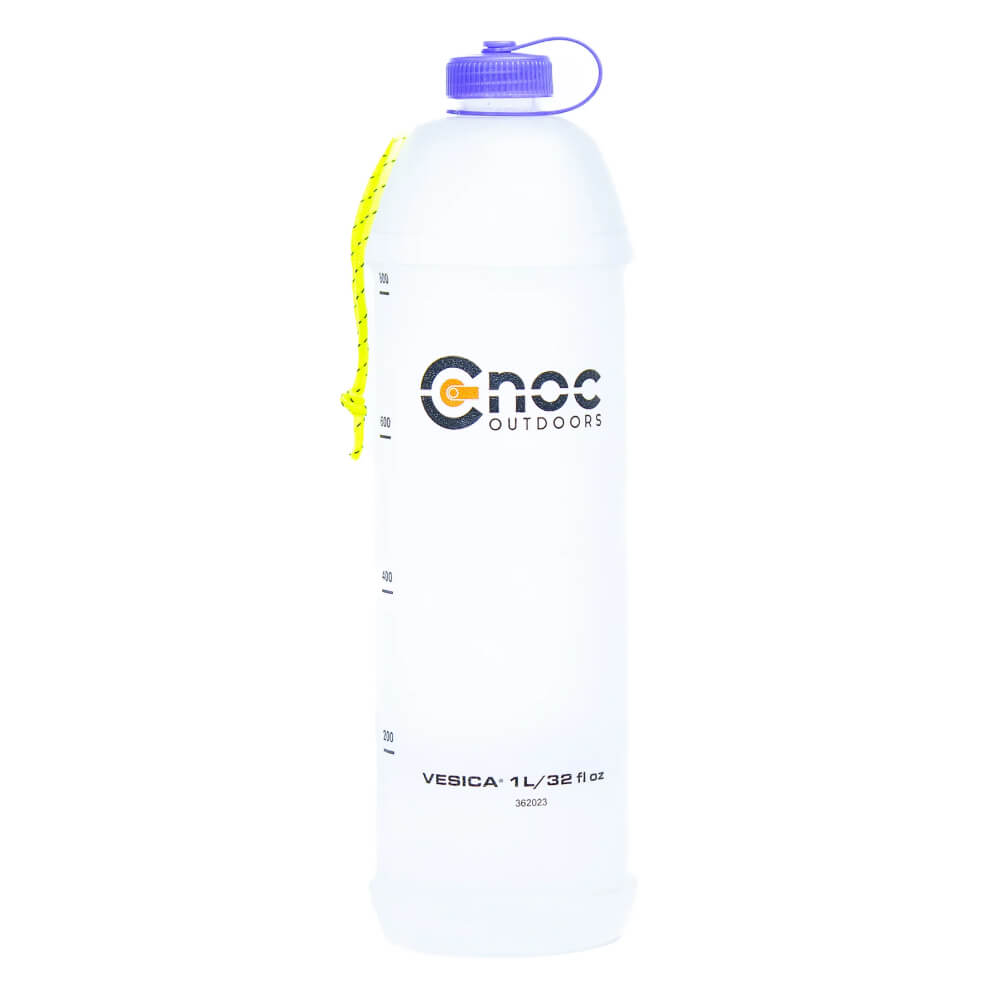
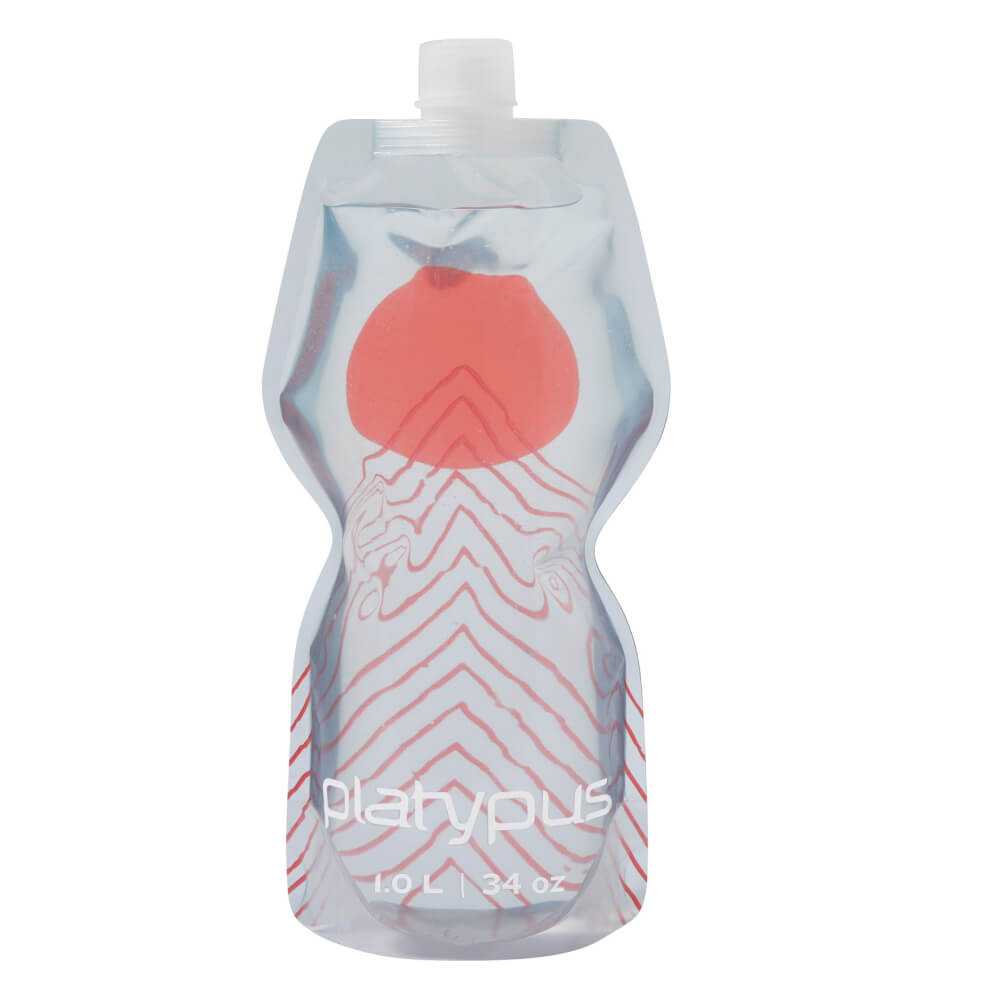
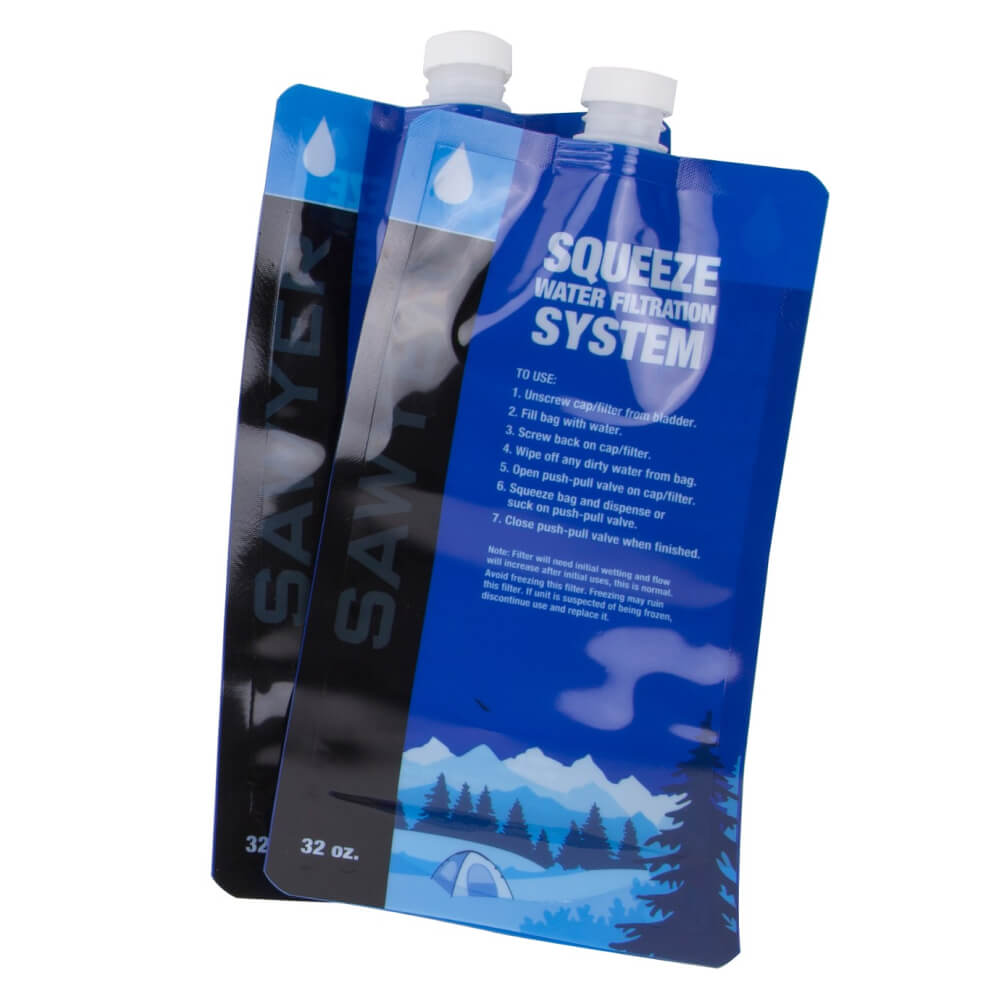
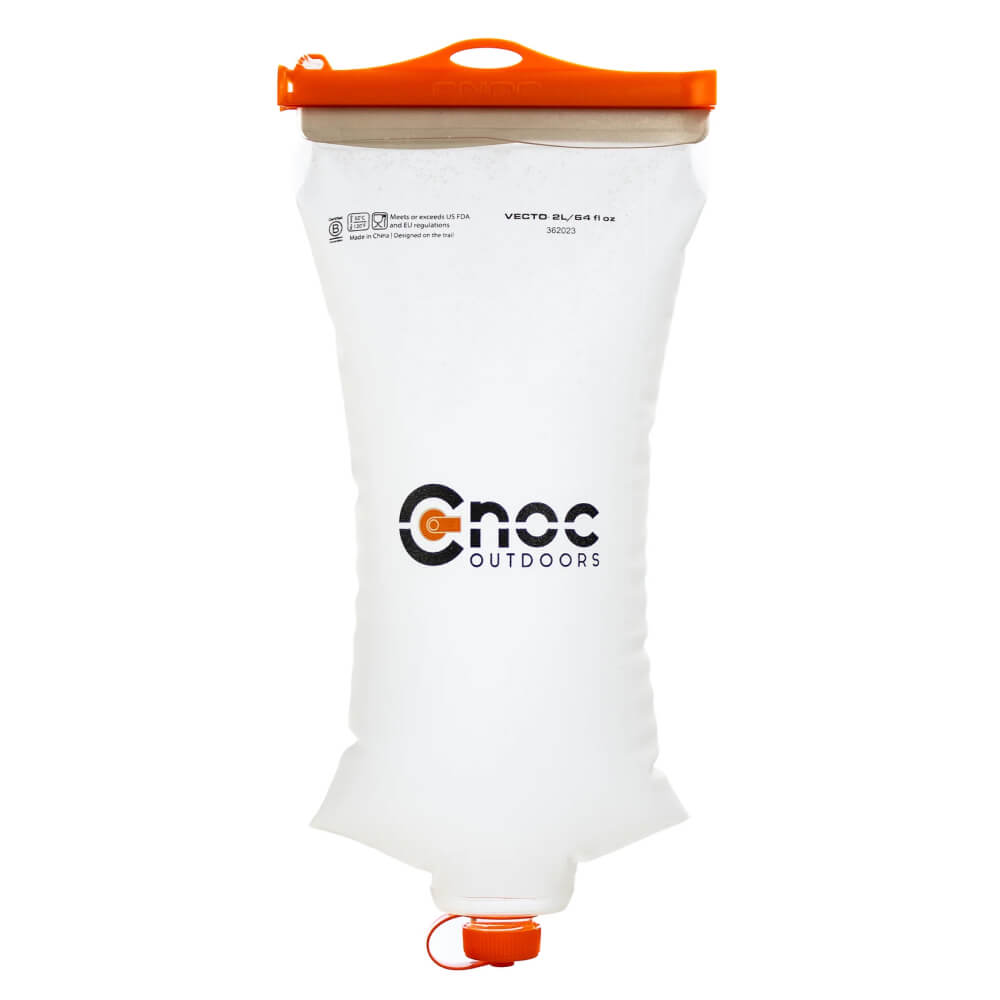
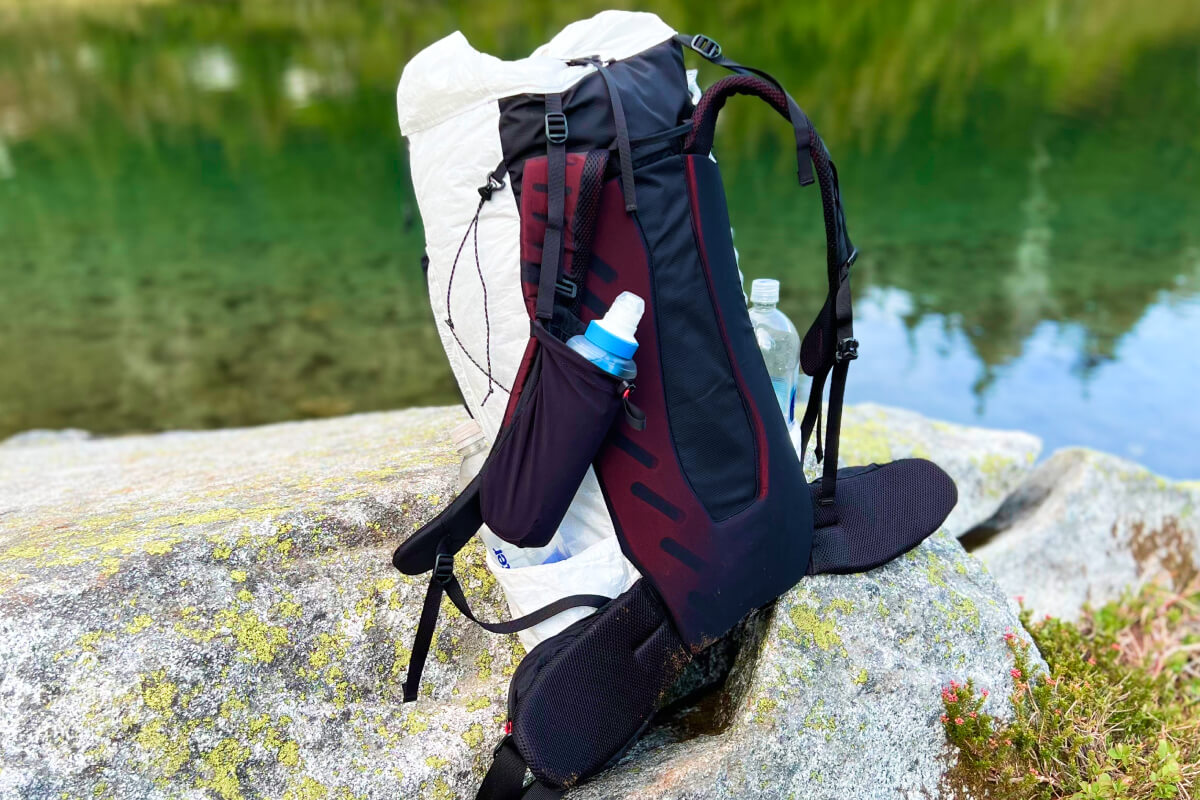
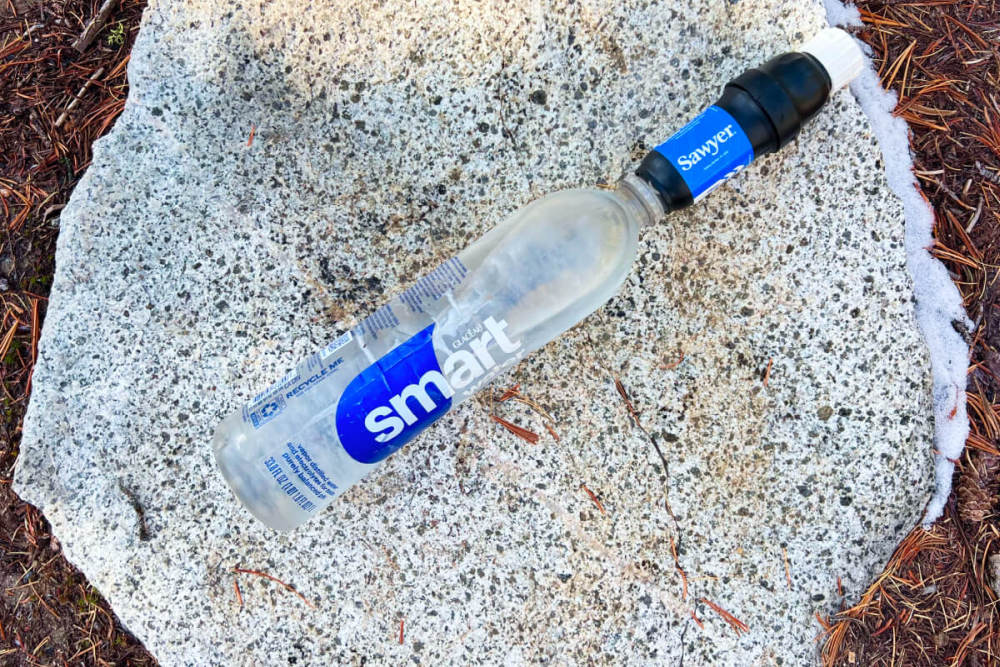


Leave a Reply
Want to join the discussion?Feel free to contribute!